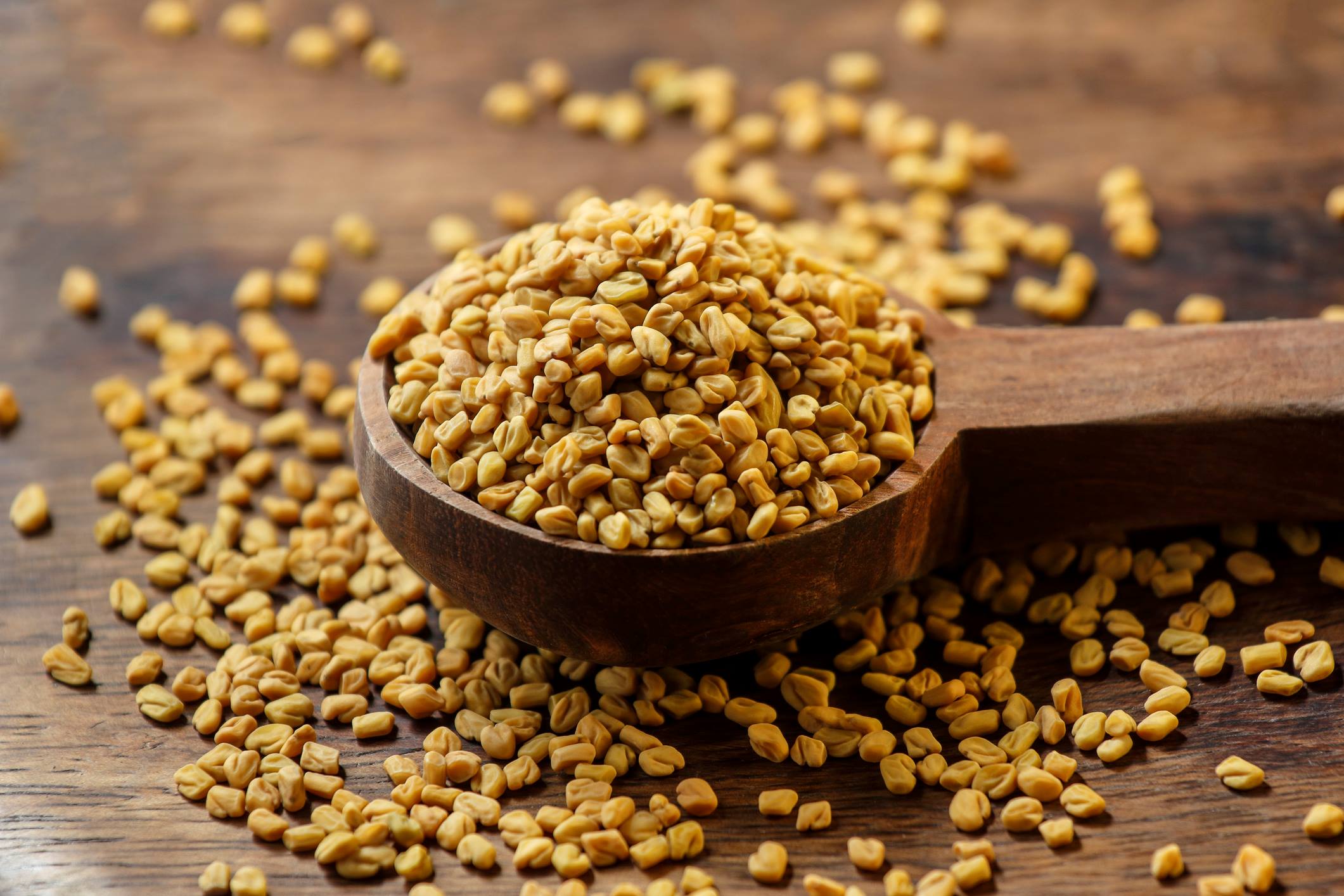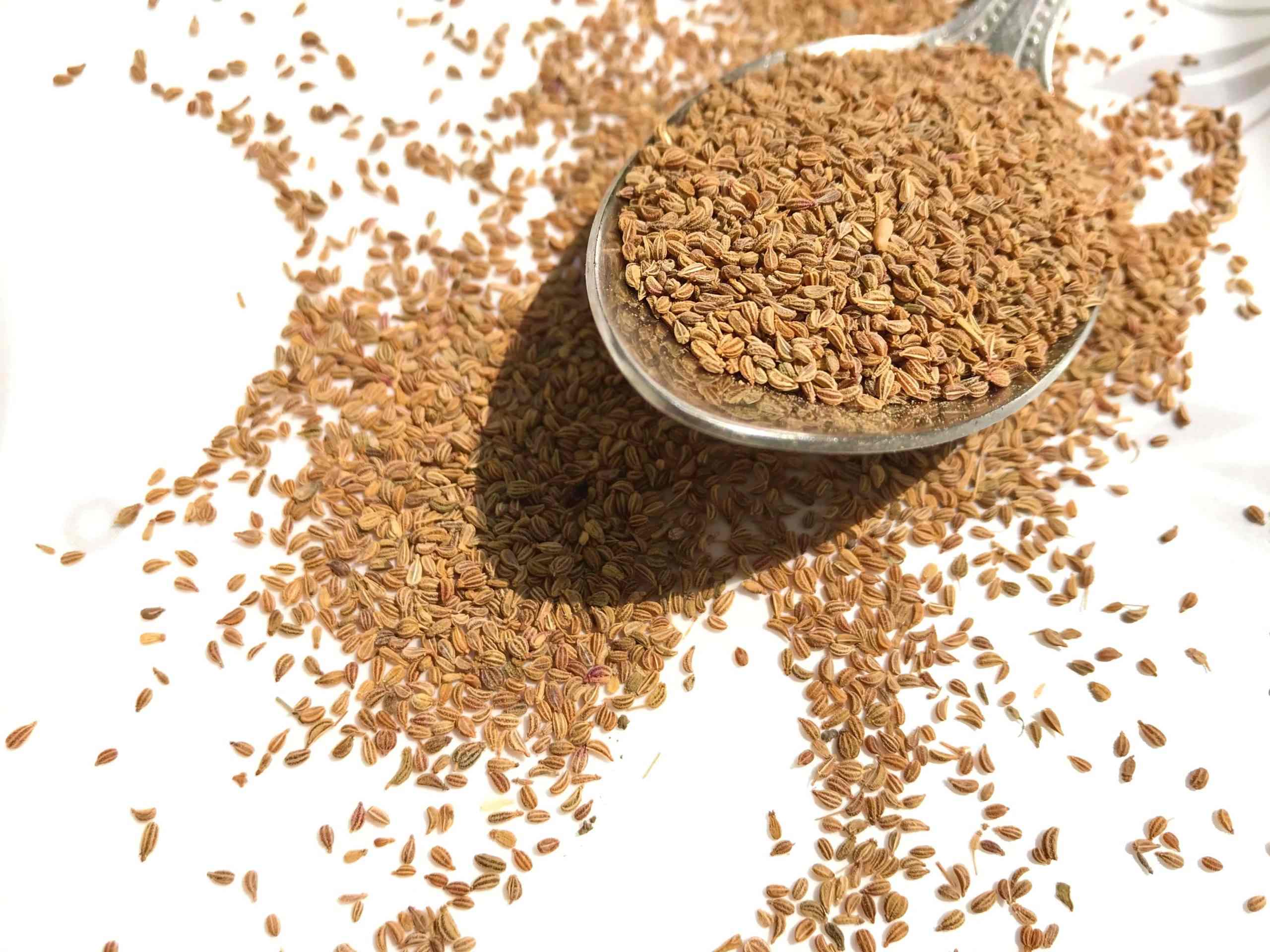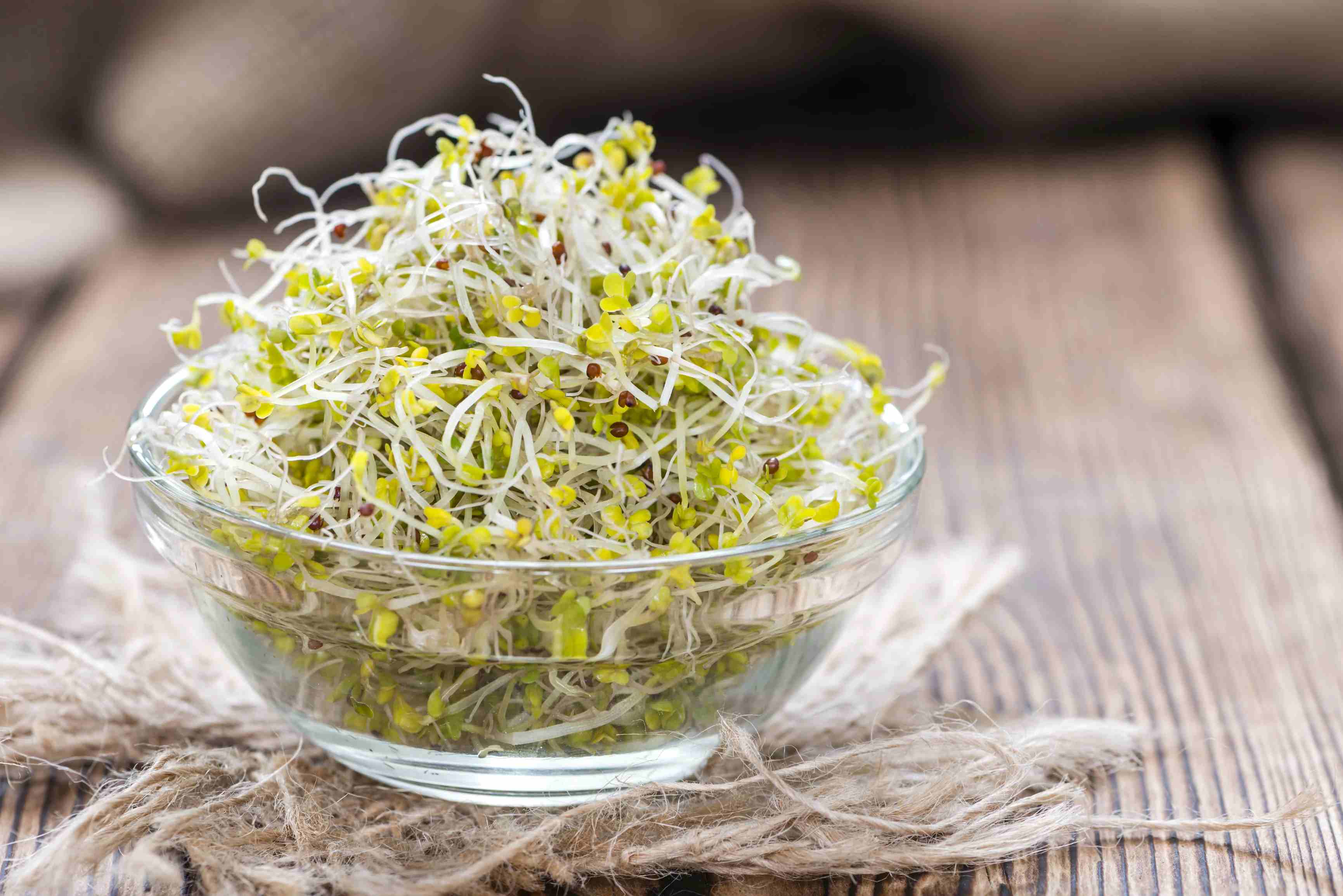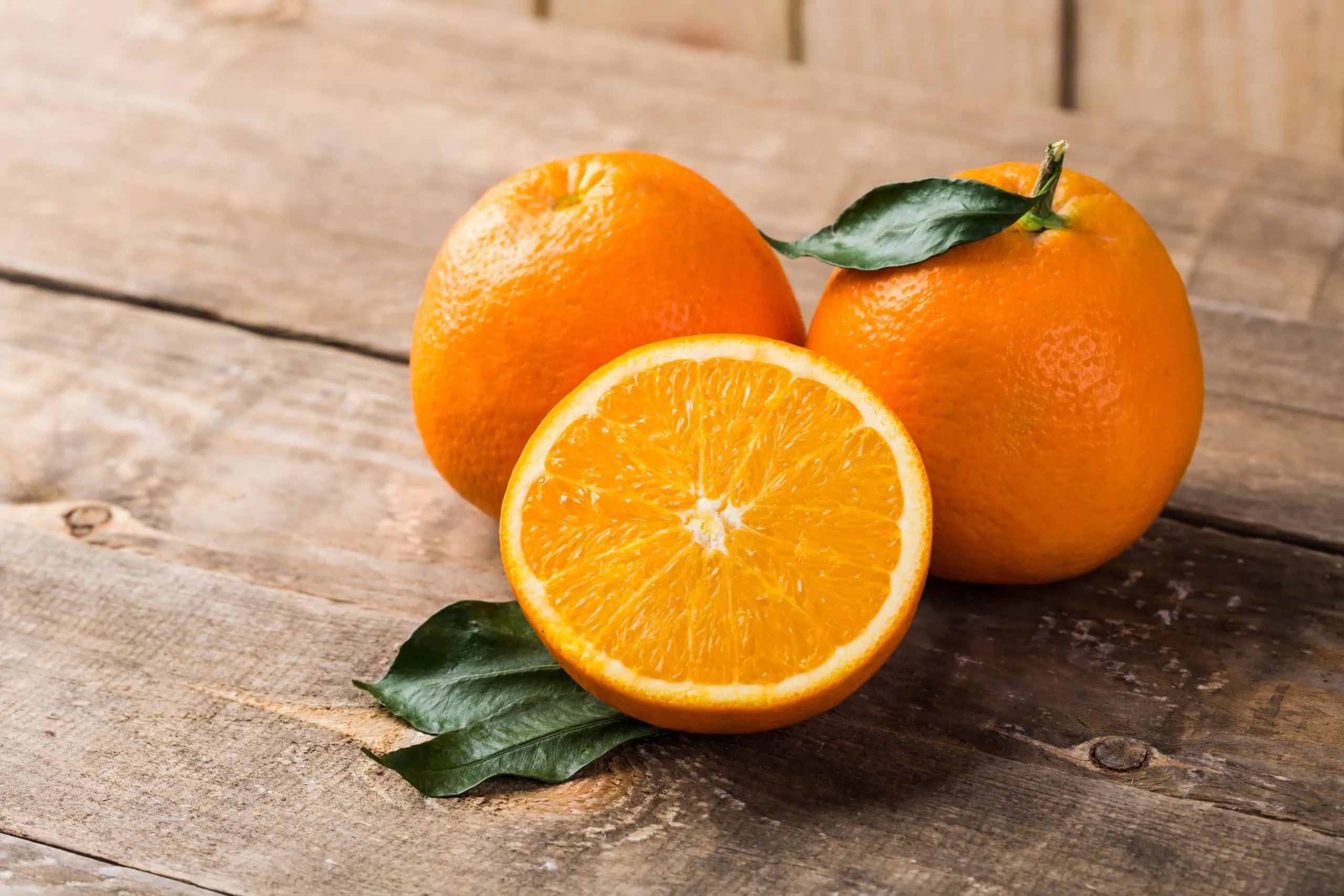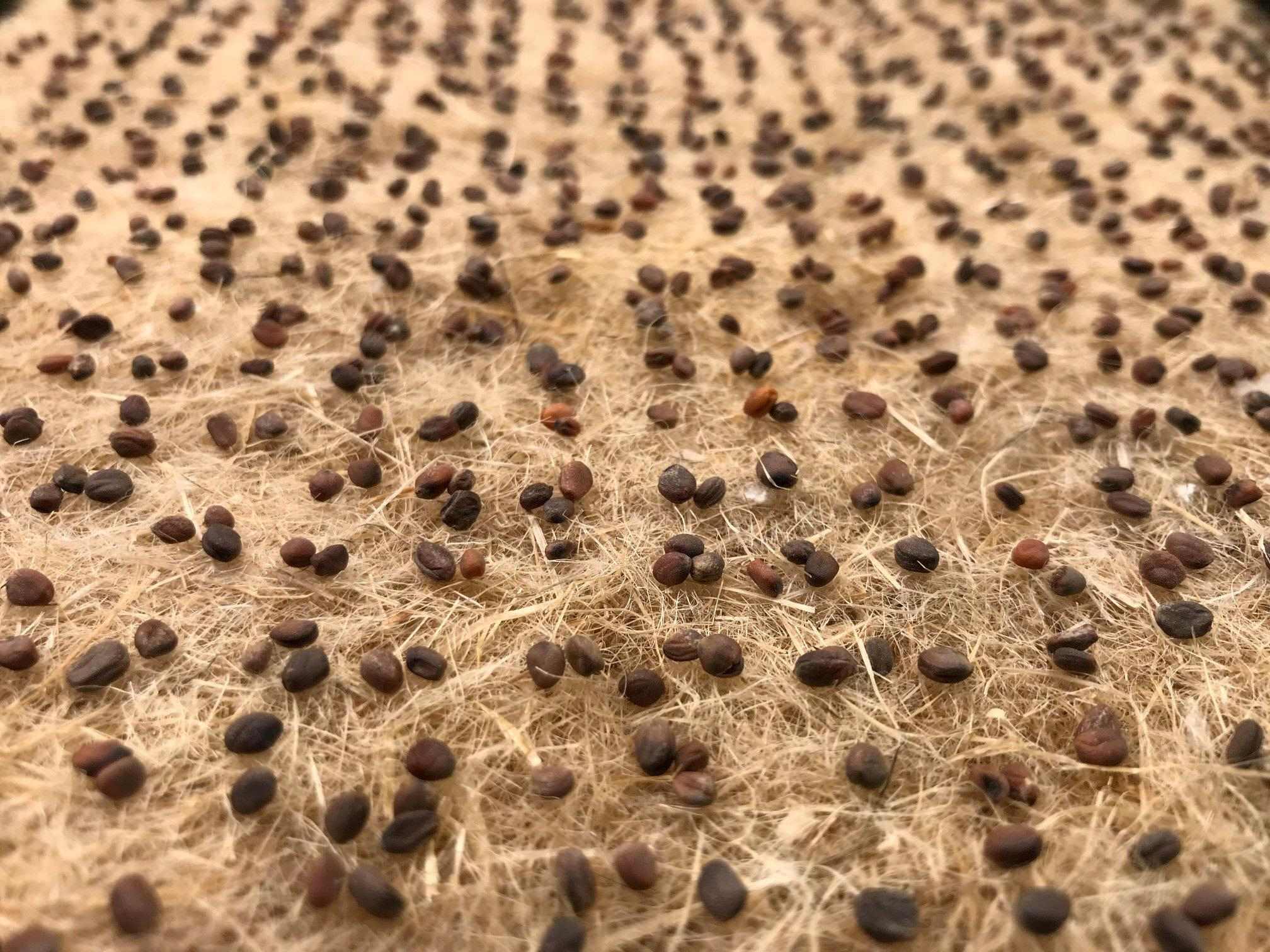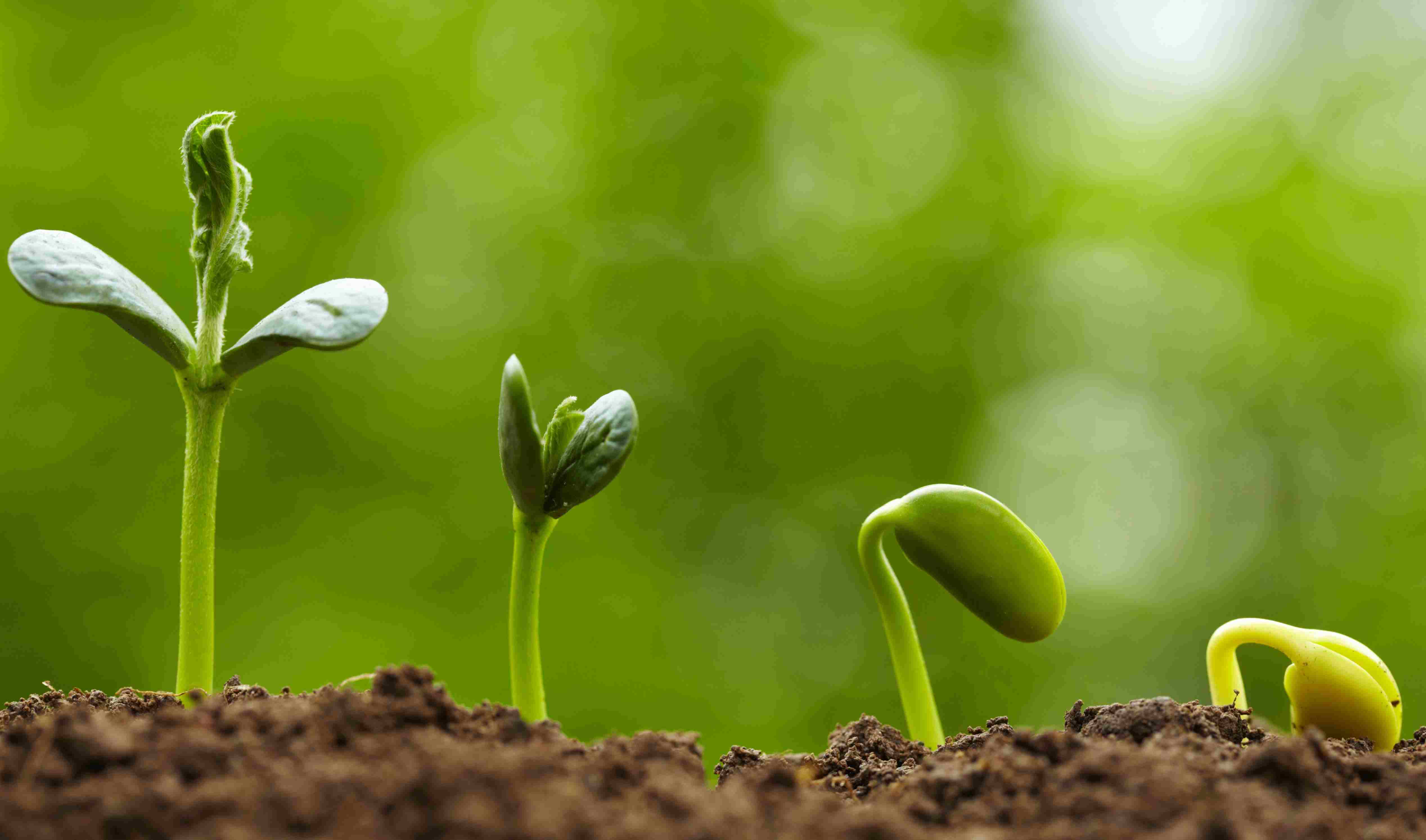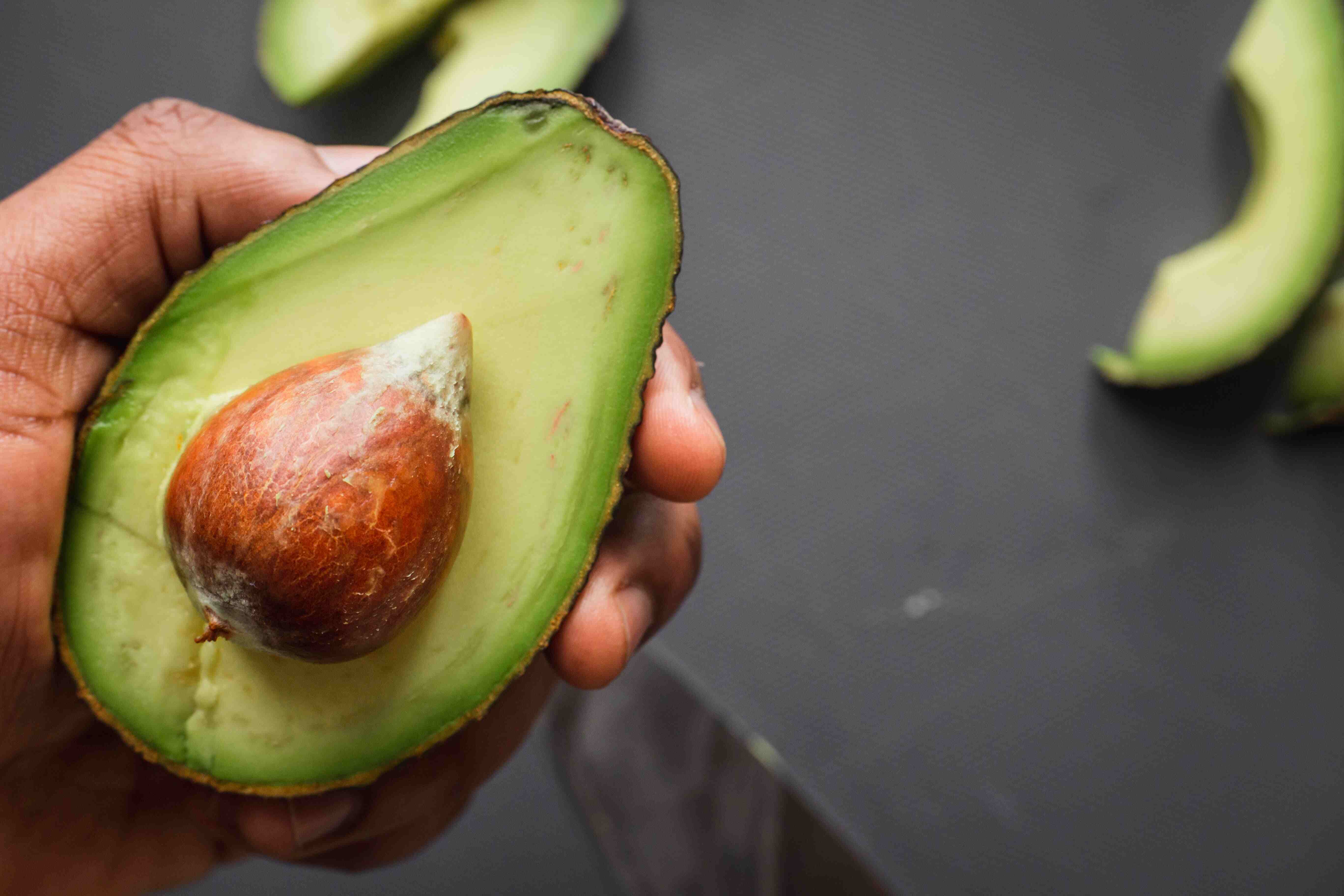Home>Types of Gardening>Ornamental Gardening>What Are Pelleted Seeds
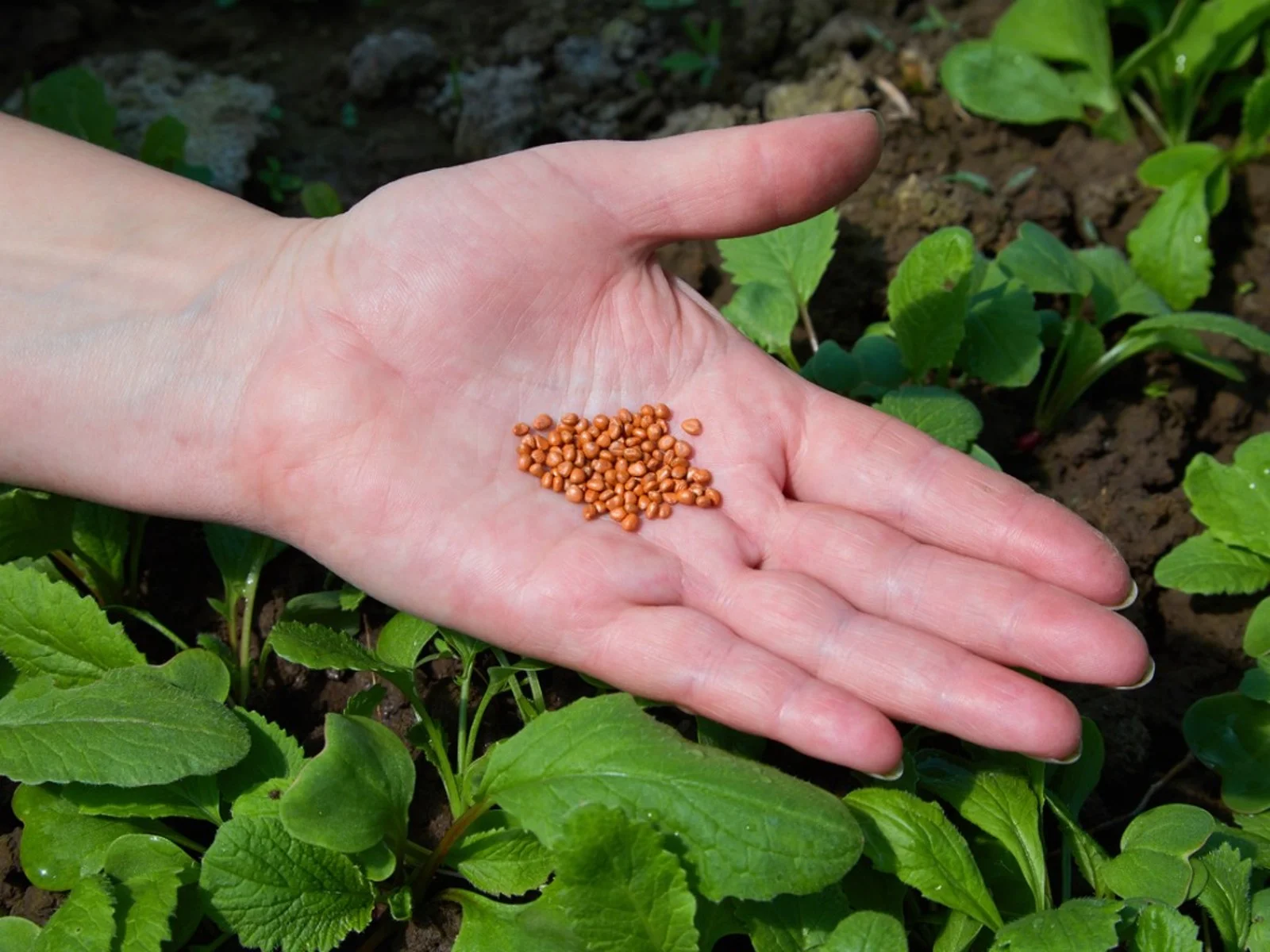

Ornamental Gardening
What Are Pelleted Seeds
Modified: January 22, 2024
Discover the benefits of pelleted seeds for ornamental gardening and learn how they can make planting easier and more efficient.
(Many of the links in this article redirect to a specific reviewed product. Your purchase of these products through affiliate links helps to generate commission for Chicagolandgardening.com, at no extra cost. Learn more)
Table of Contents
Introduction
Welcome to the world of ornamental gardening, where creativity meets nature to create breathtaking displays of beauty. If you have a passion for plants and want to add a touch of elegance to your outdoor space, then ornamental gardening is for you. From vibrant flowers to carefully sculpted topiaries, this form of gardening allows you to turn your outdoor space into a living work of art.
In this comprehensive guide, we will explore the fascinating world of ornamental gardening and provide you with valuable tips and insights to help you create your own stunning garden. Whether you are a beginner or an experienced gardener, this guide will equip you with the knowledge and inspiration you need to take your ornamental gardening to the next level.
Ornamental gardening is more than just arranging plants and flowers in an aesthetically pleasing manner. It is about understanding the principles of design, selecting the right plants for different settings, and creating an environment that reflects your personal style and preferences while providing a haven for birds, bees, and butterflies.
In the following sections, we will delve into the various aspects of ornamental gardening, including plant selection, garden design, maintenance techniques, and more. Whether you have a large backyard or a small balcony, there are ornamental gardening ideas and techniques that can be tailored to suit your space.
So, let’s embark on this journey together, exploring the enchanting world of ornamental gardening and discovering the endless possibilities that await you. Get ready to unleash your creativity, nurture beautiful plants, and transform your outdoor space into a truly magical oasis.
Definition of Pelleted Seeds
Pelleted seeds are a specialized form of seeds that have been coated with a protective layer, typically made of clay, to enhance their handling, sowing, and germination. The coating process involves encapsulating the seeds with a uniform layer of material, resulting in small, round pellets that are easier to handle, sow, and space out during planting.
One of the main advantages of pelleted seeds is their increased visibility and ease of handling. The coating not only makes the seeds larger and more visible, but it also adds weight, making them less prone to being blown away by wind or easily dispersed. This makes pelleted seeds particularly suitable for sowing in adverse weather conditions or areas with strong winds.
Furthermore, the coating protects the seeds from external factors such as temperature variations, moisture, and pests, which can potentially harm or disrupt germination. This protective layer acts as a barrier, shielding the seeds and providing a controlled environment for optimal germination and early growth.
Pelleted seeds are commonly used in commercial nurseries and greenhouses, where precise and efficient sowing is crucial. The uniform size and shape of the pellets ensure consistent sowing depth and spacing, leading to more uniform germination and plant growth. This is especially beneficial when sowing small seeds, as it eliminates the need for tedious and time-consuming manual spacing.
It is important to note that the coating material used for pelleted seeds is typically non-toxic and biodegradable, ensuring that it does not harm the environment or the plants themselves. Once sown, the coating will gradually dissolve and break down, allowing the seeds to germinate and establish themselves naturally.
Overall, pelleted seeds offer a convenient and efficient solution for gardeners and horticulturists alike. Their ease of handling, improved visibility, and protective coating make them a popular choice, particularly for those looking to simplify the planting process and increase the chances of successful germination and early growth.
Advantages of Pelleted Seeds
Pelleted seeds offer numerous advantages that make them a preferred choice for gardeners and commercial growers alike. Here are some key benefits of using pelleted seeds:
- Improved Handling: The coating on pelleted seeds makes them larger and easier to handle, especially for those with dexterity issues or limited mobility. The increased size and weight also reduce the risk of accidentally dropping or losing the seeds during the sowing process.
- Enhanced Visibility: The coating of pelleted seeds provides a distinctive color, making them more visible and easier to spot in the soil. This is particularly useful when sowing small seeds or working in low light conditions, ensuring accurate placement and avoiding overcrowding.
- Precise Sowing: The uniform size and shape of pelleted seeds allow for consistent sowing depth and spacing. This is especially beneficial when sowing fine seeds that are difficult to handle individually, as the pellets ensure even distribution and eliminate the need for tedious thinning later on.
- Protective Coating: The coating on pelleted seeds acts as a protective barrier, shielding the seeds from external factors such as temperature fluctuations, moisture extremes, and pests. This increases the chances of successful germination by creating a controlled environment conducive to seedling establishment.
- Efficient Planting: Pelleted seeds are commonly used in commercial nurseries and greenhouse settings due to their efficiency. The pellets can be mechanically sown using specialized equipment, saving time and labor. Additionally, the uniform size and weight of the pellets ensure consistent spacing, leading to more uniform establishment and growth.
- Less Seed Wastage: The larger size and weight of pelleted seeds reduce the risk of them being lost or wasted during the sowing process. This not only saves money but also allows for more precise seed placement and efficient use of available space.
Overall, the advantages of pelleted seeds make them a valuable tool for both amateur gardeners and professional growers. With improved handling, enhanced visibility, precise sowing capabilities, protective coatings, and increased efficiency, pelleted seeds contribute to higher germination rates and more successful plant growth.
How Pelleted Seeds are Made
Pelleted seeds undergo a specialized manufacturing process to create the protective coating that enhances their handling and germination. Here is a step-by-step guide on how pelleted seeds are made:
- Seed Selection: The first step in the process is to select the seeds that will be pelleted. These seeds are typically small and difficult to handle individually, making the coating process essential for easier sowing.
- Coating Material Preparation: The coating material, usually a mixture of clay and other binders, is prepared. The clay acts as the main component of the coating, providing the necessary adhesion to the seeds and protection during the germination process.
- Seed Coating: The selected seeds are placed in a rotating drum or container, where the coating material is applied. The drum is usually equipped with internal baffles or agitators to ensure even distribution of the coating material and prevent seed clumping.
- Drying: After the seeds are coated, they are transferred to a drying chamber to remove excess moisture from the coating material. This step is crucial to prevent the seeds from clumping together or sticking to one another, ensuring individual pellet formation.
- Sizing and Polishing: Once the seeds are dry, they go through a sizing process to ensure uniformity. The pellets are sieved to remove any oversized or undersized seeds, resulting in a consistent pellet size. Additionally, some pelleted seeds may undergo a polishing process to enhance their appearance and smoothness.
- Packaging: The final step is to package the pelleted seeds for sale or distribution. They are typically packed in seed packets or containers labeled with the seed variety and necessary planting information.
It’s worth noting that the specific manufacturing process for pelleted seeds may vary depending on the manufacturer and the type of coating material used. Different materials, such as organic polymers or inert substances, can also be used instead of clay, depending on the desired properties and characteristics of the pelleted seeds.
The coating material used for pelleted seeds is often non-toxic and biodegradable, ensuring that it does not harm the environment or the seeds themselves. Once planted, the coating gradually dissolves and breaks down, allowing the seeds to germinate and establish themselves naturally.
In summary, pelleted seeds are made through a careful process of seed selection, coating material preparation, seed coating, drying, sizing and polishing, and packaging. This manufacturing process transforms small, delicate seeds into user-friendly pellets, making them easier to handle, sow, and achieve higher germination rates.
Common Uses of Pelleted Seeds
Pelleted seeds are widely used in various gardening and horticultural applications. Here are some common uses of pelleted seeds:
- Commercial Nurseries and Greenhouses: Pelleted seeds are extensively used in commercial nurseries and greenhouses for their efficiency and ease of handling. The consistent size and shape of the pellets make them ideal for mechanized sowing, ensuring precise seed placement and efficient use of space.
- Small Seeds: Pelleting is particularly beneficial for small seeds that are challenging to handle individually. Seeds like petunias, begonias, and lobelia are commonly pelleted to avoid clumping and to ensure even spacing when sowing.
- Overhead Sowing: When sowing seeds overhead or broadcasting, pelleted seeds make the process more manageable. The larger size and weight of the pellets reduce the risk of seeds scattering in the wind, resulting in more controlled and uniform distribution.
- Container Gardening: Pelleted seeds are a popular choice for container gardening due to their ease of handling and the ability to sow small seeds in limited space. From window boxes to hanging baskets, the uniform size and enhanced visibility of the pellets make planting and spacing seeds a breeze.
- Direct Sowing: Pelleted seeds are also suitable for direct sowing in garden beds. Their larger size and weight make them less likely to be displaced by rain or disrupted during soil preparation. Additionally, the protective coating provides a shield against external factors, increasing the chances of successful germination.
- Seed Tapes and Mats: Pelleted seeds are often incorporated into seed tapes or mats. These pre-spaced products simplify the sowing process by allowing you to easily plant seeds at the correct spacing and depth without the need for measuring or thinning later on.
- Beginner Gardeners: Pelleted seeds are a great option for beginner gardeners who may be less experienced with seed sowing. The increased visibility and ease of handling provide a sense of confidence and success, encouraging new gardeners to continue exploring the joys of growing plants.
Whether you are a commercial grower looking for efficiency or a homeowner seeking convenience, pelleted seeds offer practical solutions for a range of gardening needs. Their versatility and benefits make them a go-to choice for ensuring successful germination and uniform plant growth.
Tips for Planting Pelleted Seeds
Planting pelleted seeds requires some specific considerations to ensure successful germination and healthy plant growth. Here are some useful tips to keep in mind when planting pelleted seeds:
- Moisture: Before planting pelleted seeds, it’s important to ensure that the soil is adequately moist. The moisture helps the coating dissolve and allows the seeds to establish contact with the soil, promoting germination.
- Sowing Depth: Pay attention to the recommended sowing depth for the specific variety of pelleted seeds you are planting. While the coating provides protection, planting too deep or too shallow can affect germination rates and early growth.
- Spacing: Even though pelleted seeds are larger and easier to handle, it’s crucial to follow the recommended spacing guidelines. Proper spacing ensures that each seed has enough space to grow and prevents overcrowding, which can lead to competition for resources and poor development.
- Watering: After planting pelleted seeds, provide gentle watering to avoid washing away or burying the seeds too deeply. Maintain consistent moisture throughout the germination process to support seedling emergence and early growth.
- Temperature: Depending on the plant variety, pelleted seeds may have specific temperature requirements for optimal germination. Ensure that the seeds are planted at the appropriate time, considering the desired environmental conditions for successful growth.
- Labeling: It’s important to label your planting areas to keep track of the pelleted seeds you have sown. This will help you identify the different varieties and monitor their growth and development.
- Protection: While the coating of pelleted seeds provides some protection, it’s still essential to protect the planting area from pests, diseases, and extreme weather conditions. Utilize organic pest control methods and provide shelter or covers if necessary.
- Thin Out Seedlings: Once the pelleted seeds have germinated, thin out the seedlings as needed to maintain proper spacing and prevent overcrowding. This will allow the remaining plants to grow and thrive without competing for resources.
- Maintenance: Pelleted seeds require regular maintenance, including appropriate watering, fertilization, and weed control. Follow the recommended care guidelines for each plant variety to ensure their healthy growth and maximize their ornamental potential.
By following these tips, you can ensure the successful planting and establishment of your pelleted seeds, setting the stage for vibrant and thriving ornamental plants.
Factors to Consider when Using Pelleted Seeds
While pelleted seeds offer numerous advantages, there are several factors to consider when using them in your gardening endeavors. By taking these factors into account, you can optimize the success and growth of your pelleted seeds. Here are some key factors to consider:
- Seed Viability: It’s important to ensure that the pelleted seeds you purchase are fresh and have good viability. Check the packaging for the expiration date or production date to ensure optimal seed quality.
- Storage Conditions: Proper storage of pelleted seeds is crucial for maintaining their viability. Keep them in a cool, dry place away from direct sunlight and extreme temperature fluctuations. This will help preserve the integrity of the coating and the seed’s viability.
- Planting Environment: Consider the specific environmental requirements of the pelleted seeds you are planting. Factors such as sunlight, soil type, pH levels, and moisture levels can all affect the success of the seeds’ germination and growth.
- Planting Time: Pelleted seeds should be planted at the appropriate time based on the specific plant variety and the local climate. Be aware of the recommended planting season to ensure optimal growing conditions for the seeds.
- Seedling Succession: If you’re planning to grow multiple batches of pelleted seeds for a continuous bloom or harvest, stagger the sowing dates to provide a succession of seedling growth. This will ensure a consistent supply of plants or produce throughout the growing season.
- Disease and Pest Control: While the coating of pelleted seeds provides some protection, it’s essential to implement proper disease and pest control measures. Monitor your plants regularly for any signs of pests or diseases and take appropriate action to prevent and manage infestations.
- Transplanting: Some plants may require transplanting from seedling pots or trays to larger containers or garden beds. Handle the delicate pelleted seedlings with care, making sure to disturb the coating as little as possible. Transplant them when they have developed a strong root system.
- Proper Watering: Maintain consistent and adequate moisture levels during germination and early growth. Avoid overwatering, which can lead to seed rot or fungal disease, as well as underwatering, which can inhibit proper germination.
By considering these factors and adjusting your practices accordingly, you can ensure the optimal growth, development, and ornamental success of your pelleted seeds. Remember to follow the specific instructions provided by the seed manufacturer for the best results with each plant variety.
Conclusion
Embarking on the journey of ornamental gardening is an opportunity to bring beauty, creativity, and tranquility to your outdoor space. By exploring the world of ornamental gardening, you can create a living masterpiece that reflects your personal style and love for plants. From vibrant flowers to carefully sculpted topiaries, the possibilities are endless.
In this comprehensive guide, we have explored the definition of pelleted seeds, their advantages, the manufacturing process, common uses, and tips for planting. Pelleted seeds offer a convenient and efficient solution for gardeners and horticulturists, enhancing handling, visibility, and germination success rates.
When using pelleted seeds, it’s important to consider factors such as seed viability, storage conditions, planting environment, and proper watering. Attention to these details will help ensure the successful growth and development of your pelleted seeds, leading to a stunning garden display.
Remember, ornamental gardening is not just about arranging plants; it’s about creating an environment that nurtures both the plants and the gardener. It’s a journey of learning, patience, and creativity. Allow your imagination to flourish as you select plants, design your garden, and watch your vision come to life.
So, whether you’re a beginner or an experienced gardener, let the world of ornamental gardening inspire you to explore new plant varieties, implement innovative design concepts, and create a sanctuary that will bring joy and tranquility to your life.
Now that you have a comprehensive understanding of pelleted seeds and their role in ornamental gardening, it’s time to put your knowledge into action. Get your hands dirty, unleash your creativity, and watch as your garden blooms with vibrant colors and enchanting scents. Happy gardening!

